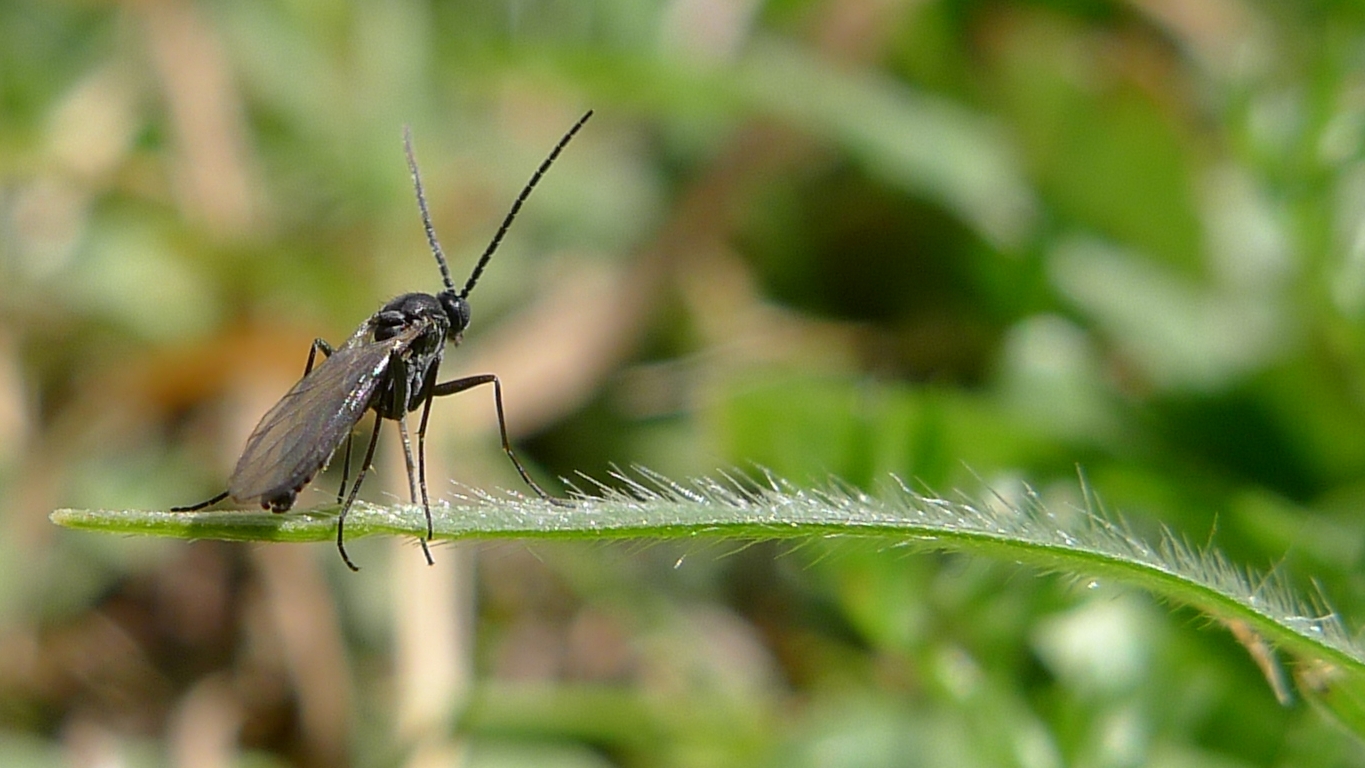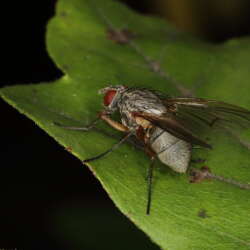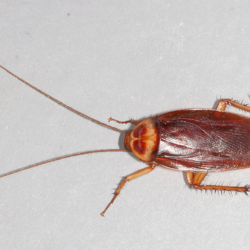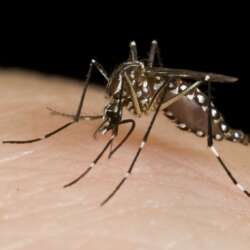Gnat extermination and control in Northeast Ohio:
Commonly known as the fungus gnat, these insects are typically associated with potted plants and areas with high moisture content. They can occasionally become a nuisance indoors and can cause damage to indoor house plants in residential settings and greenhouses in commercial settings. According to the Ohio State University, “adults are attracted to lights and are often first noticed at windows or flying around potted plants. The larvae feed primarily on fungi that grow in soil high in organic matter as well as wet mulch, and they can also injure the roots of bedding and potted plants.”
It is important to always inspect household plants before purchasing them. Be sure to use fresh soil when transplanting plants in the home. Your pots should also provide proper drainage and you should not overwater your plants as these pests are typically seen in areas where water can accumulate. Be careful when bringing plants indoors as this is also how these pests can enter the home. Although they are harmless to humans, fungus gnats can be a nuisance and cause damage to plants in the home or in grow facilities like greenhouses. If you believe you’re dealing with gnats in Northeast Ohio, SMART Exterminators can help.
Types of gnats in Northeast Ohio:
- Fungus gnats
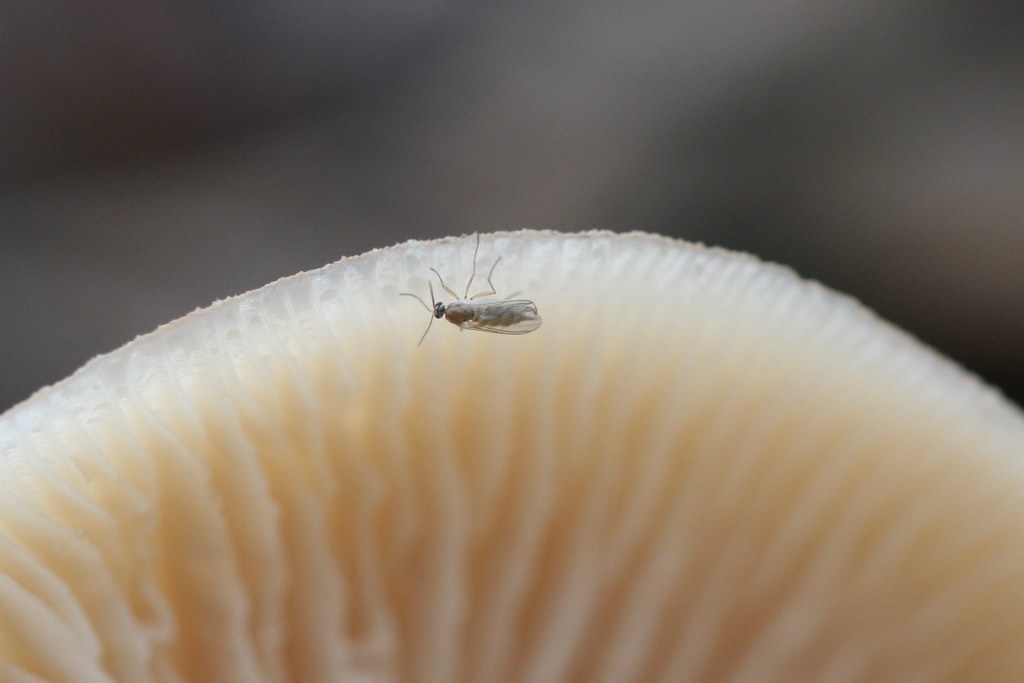

Why are gnats dangerous:
- Their presence is considered a nuisance
- Larvae destroy plants root systems and stunt growth
How do gnats get into the home:
- Through windows and doors that are open and near light
- Bringing outdoor plants inside the home
- High moisture contents in the home
- Purchasing house plants and not inspecting them before bringing them inside
Signs of a gnat infestation:
- Visibly seeing gnats flying around plants, fruit, wet areas, and trash
- Wilting plants and stunted growth
- Fungus gnat larvae leave shiny trails on soil surface
Use our SMART Exterminators approach to gnat control:
Contact us if you believe you have a fungus gnat infestation in the Cleveland, Ohio area. Gnats are mostly a nuisance, but if you are noticing them frequently or see your indoor house plants suffering, it is important to call a professional. A visual inspection will help us determine if there is an infestation and then we will recommend solutions that generally don’t involve pesticides.


